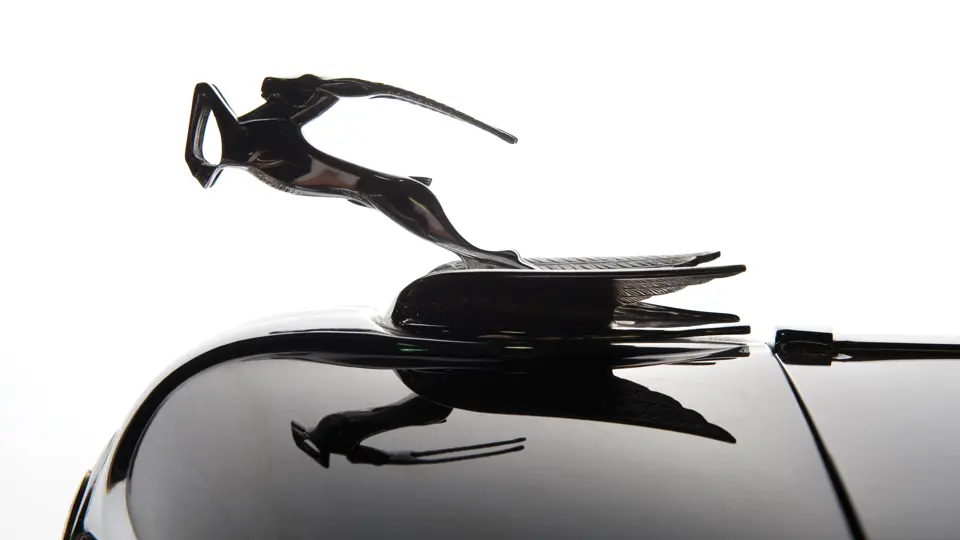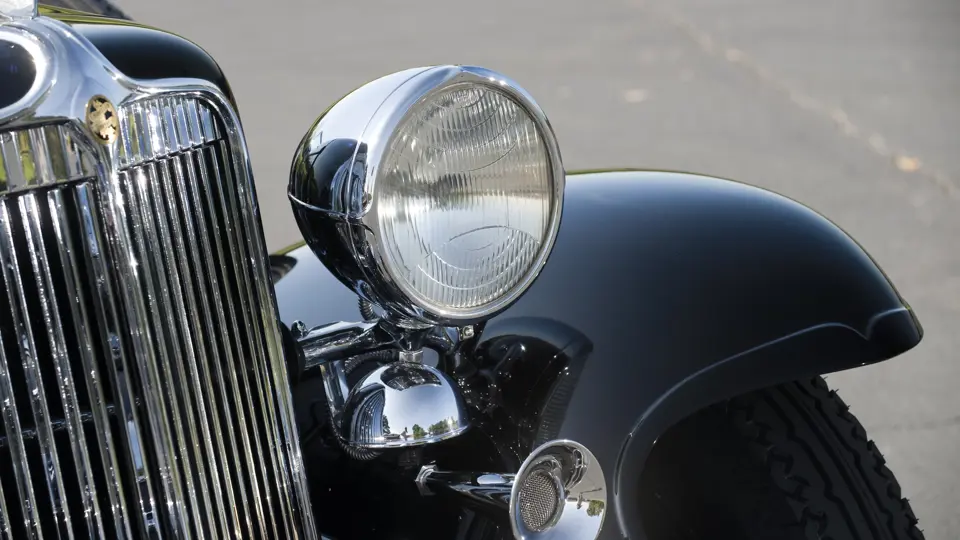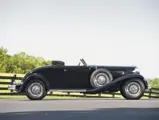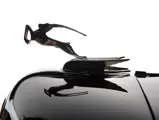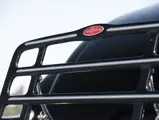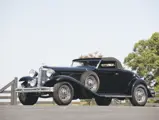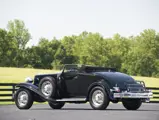
1932 Chrysler CH Imperial Cabriolet by Bohman & Schwartz
{{lr.item.text}}
$660,000 USD | Sold
{{bidding.lot.reserveStatusFormatted}}
- The first custom body built by Bohman & Schwartz
- Originally owned by Lincoln “Stepin Fetchit” Perry
- Pebble Beach Concours Best in Class winner
- A Full Classic one-off with California custom cool
125 bhp, 384.84 cu. in. L-head inline eight-cylinder engine, four-speed manual transmission, solid axle front suspension with leaf springs, live-axle rear suspension with leaf springs, and four-wheel hydraulic drum brakes. Wheelbase: 135 in.
Prominent new car dealer Walter M. Murphy’s Pasadena coachworks found success dressing the cars of California’s sun-kissed nouveau riche, particularly Lincolns and Duesenbergs. Murphy bodies had a West Coast sensibility about them: the designs were simple, with clean lines and minimal, useless trim, the interiors were simple but elegantly tailored, and they all looked good in the light colors that Californians favored for their automobiles.
The Great Depression was blind to good taste though, and by 1932, Murphy saw the writing on the wall. Preserving the success of his other, profitable businesses meant getting out of coachbuilding, which Murphy did in April 1932. But the doors did not close in Pasadena, as the tradition was taken up by two long-time employees, Maurice Schwartz and Christian Bohman. Bohman & Schwartz dared the tough times with bodies that continued to embody everything good about California design, and by the time they built their last creation in 1941, they had managed to survive longer than any other West Coast coachbuilder.
The 1932 Chrysler CH Imperial offered here is believed to have been the first car to receive a Bohman & Schwartz body, which was built “on spec” to attract clients to the partners’ business, and in many ways, it represents a watershed moment in California coachbuilding. The hood line runs even with the subtly molded beltline of the body, the rear panels around the rumble seat curve smoothly down to the ground, and the windows disappear entirely into the doors, recalling Murphy’s Convertible Coupe on the Duesenberg Model J chassis, which is now considered one of the landmark designs of the early 1930s.
While the car could easily have been built on the longer CL Imperial, choosing the 135-inch-wheelbase CH chassis created a design that was taut and sporting, like few others on Chrysler chassis of this era. Painting the Chrysler’s famous Indianapolis-inspired radiator shell and extending the cowl exaggerated the length of the hood. Further emphasizing this aspect of the design was an extremely low raked-back windshield and a snug-fitting top tailored to match, which was combined with a dark finish to give the car a look of unmatched aggression.
With this car, Christian Bohman and Maurice Schwartz marked their arrival on the scene as the trendsetters of California custom cool, bridging the gap between coachbuilding and customizing with a one-off, fully custom Classic that’s design features forecast the dry lake hot rods to come.
The original owner of this Chrysler is believed to have been Lincoln Theodore Monroe Andrew Perry, who began his career in vaudeville and later made a successful transition into motion pictures. Through the popular comic character “Stepin Fetchit,” which became his stage name, Perry was the first African-American actor to become a millionaire, and he was the first to receive a screen credit and widespread popularity with audiences. He remained active in film until the mid-1970s, but, by then, his career had faded from its mid-1930s peak, when he reportedly owned a dozen automobiles, with the Bohman & Schwartz Chrysler surely foremost among them.
Acquired by well-known collector Gordon Apker in 1980, following many years of ownership by the late Sam Bergman, the Chrysler was next purchased in 1983 by noted enthusiast J. Martin Anderson, of Kent, Washington. In Anderson’s ownership, it was featured in Beverly Rae Kimes’s landmark work, The Classic Car, in which it is pictured prior to the restoration.
A painstaking restoration began in August 1993 and was completed in March 1995, at Anderson’s personal shop, with paint by Pete Van Haltern and upholstery by Curt Pearson. An interesting aspect of the restoration is that, during the work, the interior woodwork was found to differ from the left to right sides, which is not uncommon among full custom bodies of the era. As Mr. Anderson commented in his regional CCCA publication, “Bohman must have worked the right side of the car, and Schwartz must have worked on the left side.” The top and windshield were further lowered slightly, to give the car a somewhat more sleek appearance, while the original fabric covers for the side-mounted spares were deleted, and the wire wheels were chromed.
The Chrysler was proudly displayed at the Pebble Beach Concours d’Elegance in August 1995, and it was awarded First in Class—one of the most prestigious honors that an open custom-bodied Classic can achieve. It was pictured at Pebble Beach in a magazine, where the present owner saw it. Fascinated by the design, he wasted no time in contacting Mr. Anderson, and he was able to acquire the Chrysler for his own prestigious collection, in which it has been a special favorite. It has been consistently well-maintained by a full-time staff in outstanding condition, and it presents today much as when it was acquired; the only major change was having the whitewall tires swapped out for blackwalls, which arguably give the car an even leaner and meaner appearance.
As one of the most important coachbuilt American automobiles to have been offered in recent years, “the first Bohman & Schwartz” awaits a new turn on show fields, where it promises to continue to present with the Hollywood razzle-dazzle for which its creators and original owner were famed.




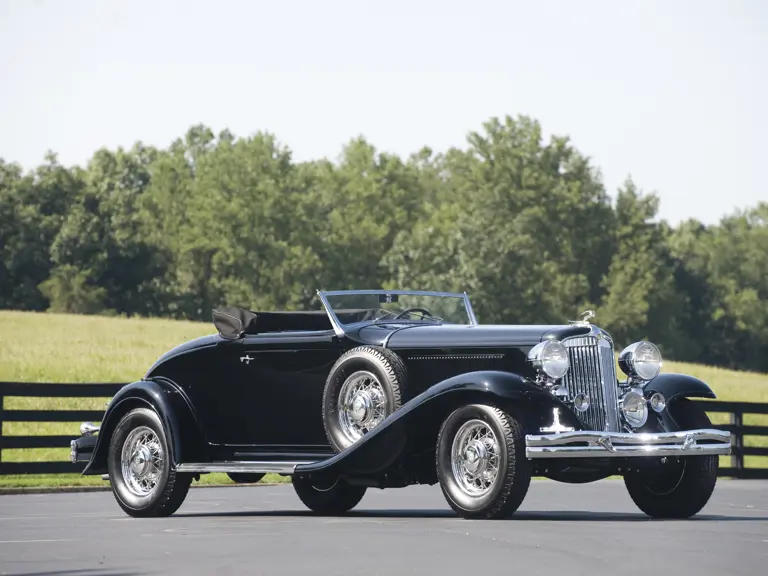
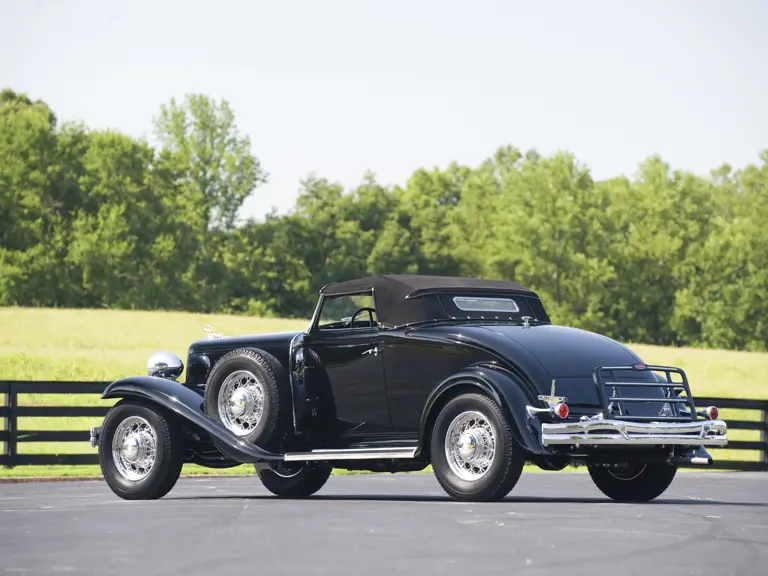
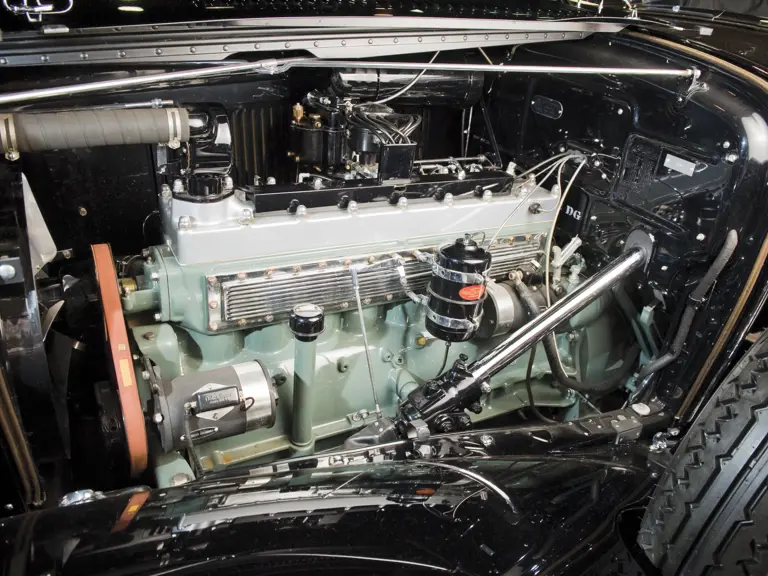



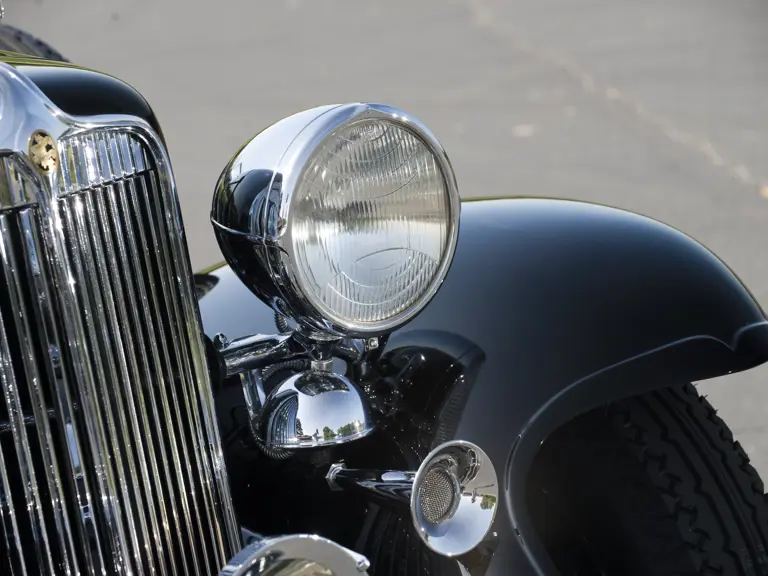


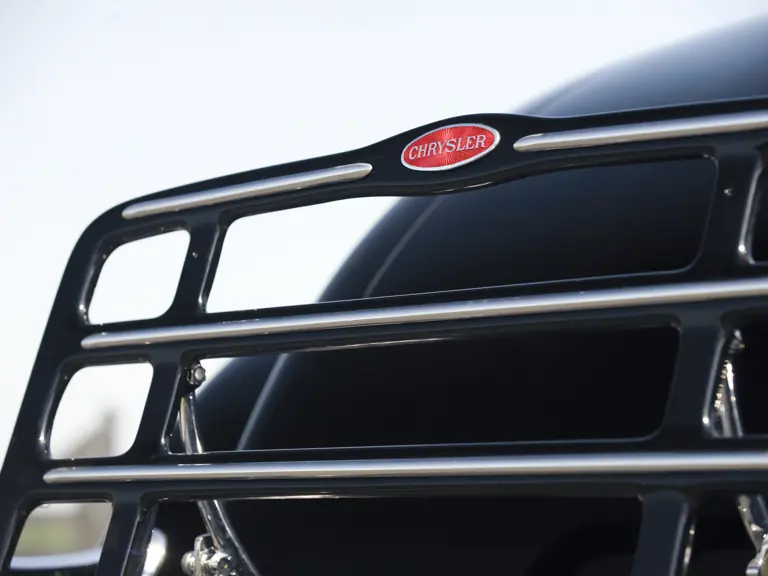
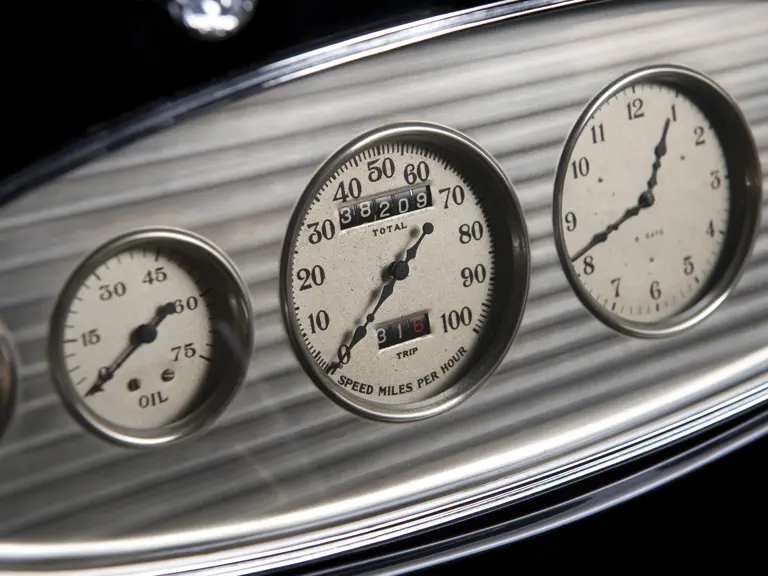

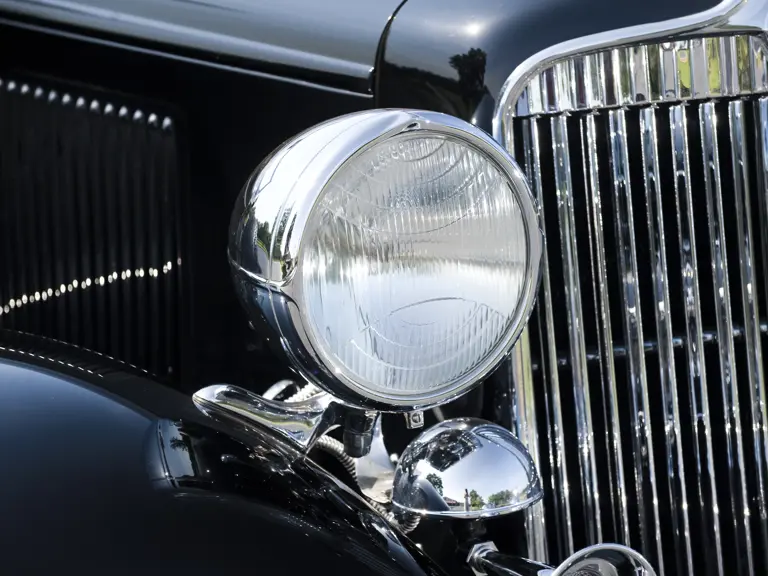
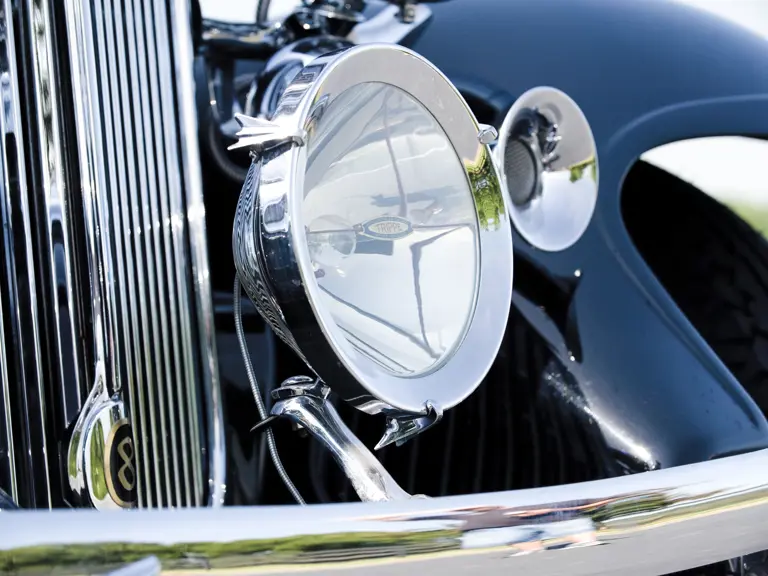
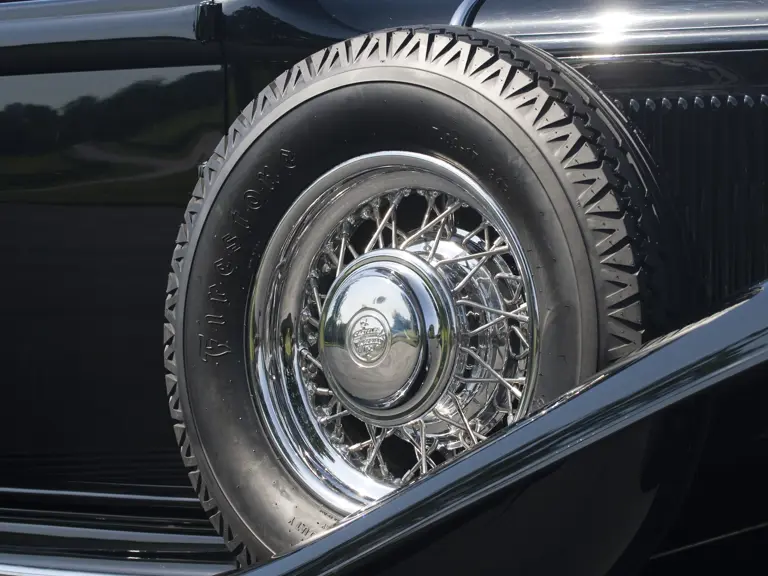

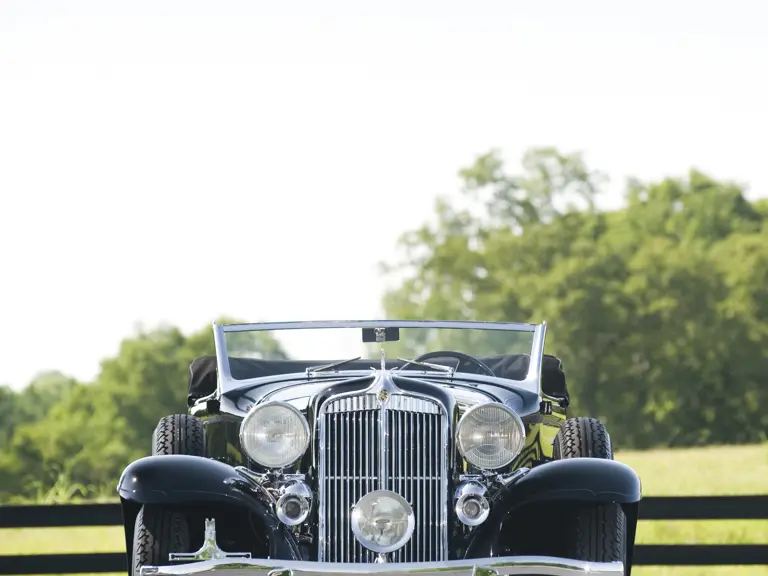


 | Monterey, California
| Monterey, California

